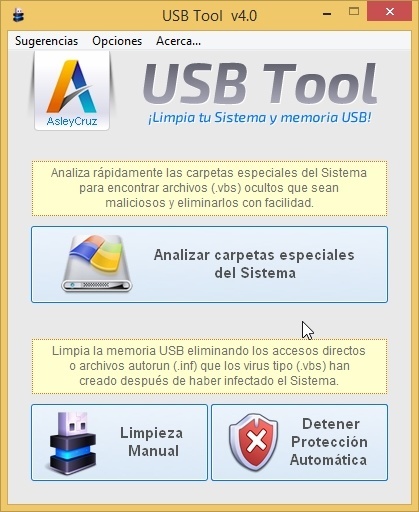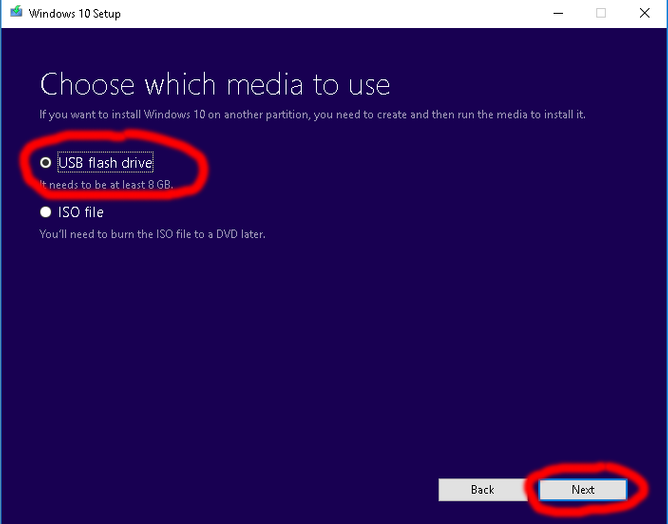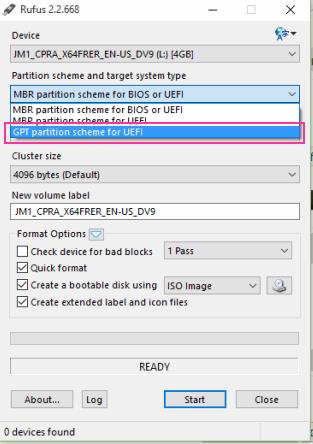

You will get output like this which displays disks on your machine and lists their partitions. If you do not know the /dev/sd* exactly then run this command sudo blkid sudo dd if= /dev/sdb of=/home/ htpcguides/raspberrypibackup.img bs=1M If you have no idea what this means then keep reading if you want to understand it as I attempt to break it down. In Ubuntu the SD card backup command looks like this (you run it in the Terminal or via SSH) which dumps the entire disk to a filename you specify in your home directory. Make a Raspberry Pi SD Card Backup in Ubuntu The 8 GB volume is the ext4 partition which the Raspberry Pi uses to store Raspbian, Minibian, Ubuntu or whatever operating system you are using.

The 50 MB volume is the msdos vfat partition. You will see the Raspberry Pi SD card pop up, it shows both volumes (partitions) – note that an 8GB SD card was used for this tutorial connected with a USB SD card reader. In VMPlayer, click Player, then Removable Devices, find your USB or SD card reader and click Connect (Disconnect from host) If you are running Ubuntu in VMPlayer, we need to tell VMPlayer to use the USB or SD card reader Load up Apple Pi Baker, click your SD card and click Create Backup Then simply click Read and it will dump the whole SD card Load Win32DiskImager and click the Folder icon and browse to where you want to save your SD card image backup
#Usb image tool resize how to#
You will learn how to back up the entire SD card on Ubuntu in your virtual machine after I explain how to enable the SD card reader in the virtual machine, this way you can use the Ubuntu virtual machine to make the full backup.Įverything else in this tutorial assumes you are on Ubuntu virtually or physically, nothing happens on the Raspberry Pi itself. Resizing the partition to only the used disk space will make the image take up less space and take less time to restore to the SD card. This is just in case the resize process goes wrong, you will get the hang of it after a few trials.įull SD card backups are much larger include the entire partition and disk space that is unused, they also take longer to write back to the SD card because of their size. Sudo rm /etc/udev/rules.d/les Make a Full SD Card Backupįirst you should make a full backup of the SD card with Win32DiskImager, Apple Pi Baker or dd in Ubuntu, Debian or other Linux distros (Ubuntu guide in the virtual machine follows shortly). Remember to take a full backup first though! sudo rm /lib/udev/rules.d/les Just remove these udev rule files to solve the eth1 becoming eth1 problem.

#Usb image tool resize mac#
This is because of some udev rules and the MAC address of the original Pi. If you are planning on using the Pi image on other devices, you will notice the network adapter eth0 becomes eth1 when using your image on a different Pi. Prepare Your Raspberry Pi Image for Distribution Enable SD Card Slot Reader in VMPlayer – using a USB SD card reader is covered in this guide.Installing VMware tools to enable drag and dropping of files between your host and virtual machine.
#Usb image tool resize windows#
Installing a Ubuntu virtual machine on your Windows machine.Here are some existing tutorials to help you get an Ubuntu virtual machine up and running.

Resize and Back up Raspberry Pi SD Card with Ubuntu Getting Started


 0 kommentar(er)
0 kommentar(er)
